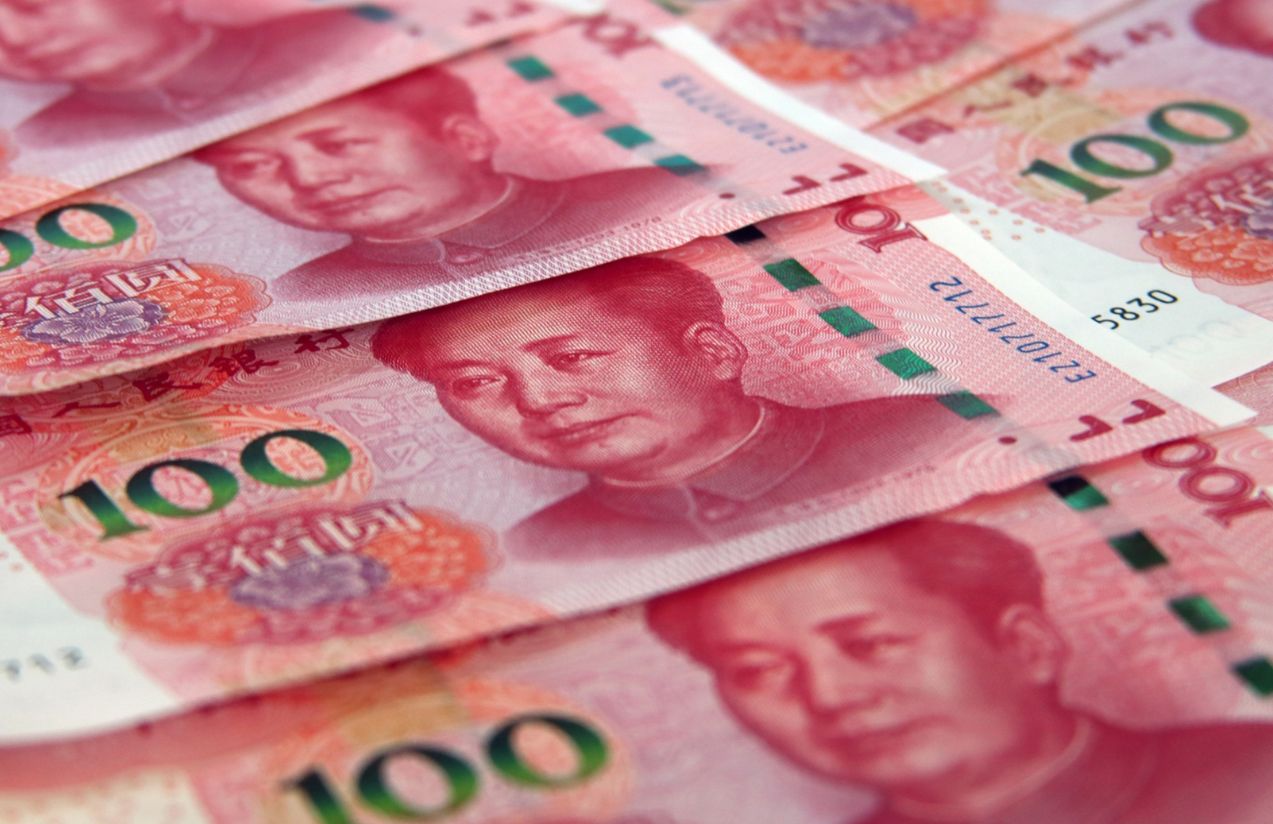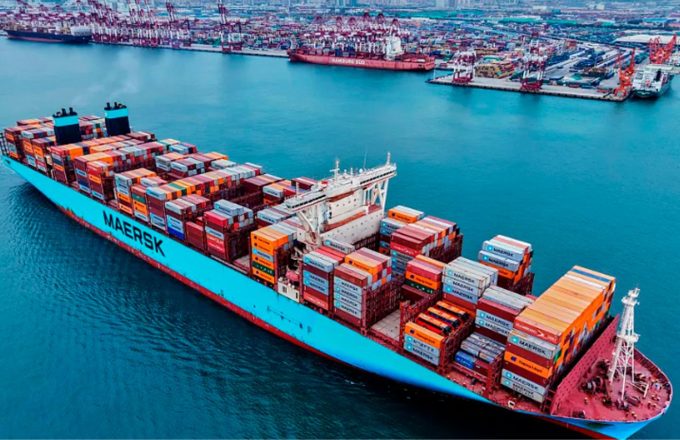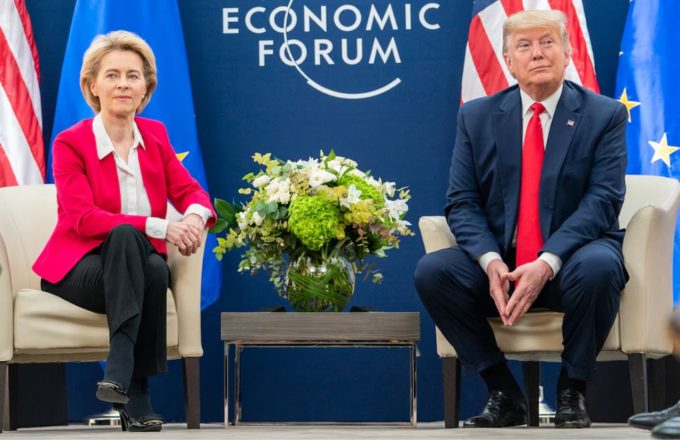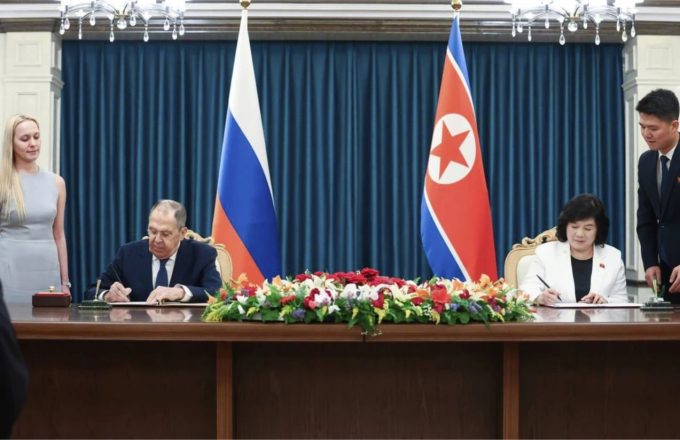In a move that has sparked more questions than answers, China has offered a $9.2 billion credit line to Latin American leaders gathered in Beijing. However, the offer comes with an unusual condition: the loan will be issued in Chinese yuan, not U.S. dollars.
The decision, reported by Foreign Policy, has raised eyebrows about whether Latin American countries are truly interested in borrowing in a currency that, unlike the euro, has yet to establish itself as a global alternative—even after the recent depreciation of the dollar.
China has spent at least the past fifteen years trying to internationalize its currency. It has built infrastructure like the Cross-Border Interbank Payment System (CIPS), designed to rival SWIFT, and the mBridge project for central bank digital currency transactions. Yet despite these efforts, Beijing continues to struggle with the same challenge: it can’t manufacture demand for the yuan on the global stage.
According to Foreign Policy contributor Henry Tugendhat, the share of Chinese loans denominated in yuan has risen from 15% in 2021 to 40% in 2024, mostly concentrated in Asia. That suggests Latin America could be China’s next target. But the strategy has its limits.
The economic fragility of several Latin American nations—many of which face default risks for the first time in decades—dampens their appetite for new loans, especially those tied to the purchase of Chinese goods and services.
The global financial landscape also complicates China’s ambitions. According to the World Bank’s 2024 International Debt Report, many Global South economies no longer face liquidity crises as they once did. Today, they can access bond markets and commercial banks, meaning the yuan must compete not just politically, but also on performance and trust.
China’s capital controls are another major hurdle. Xi Jinping’s government resists liberalizing capital accounts for fear of repeating Japan’s troubles in the 1980s or South Korea’s in the 1990s. Still, it wants to convince the world to use more yuan by promising stability—while simultaneously stockpiling U.S. dollars.
Ongoing trade tensions with the United States further complicate matters. Ironically, China’s push to promote the yuan still depends on holding large reserves of the very currency it seeks to displace.
Meanwhile, China is under pressure to lend money and stimulate external demand for its exports. But data on yuan holdings outside of loan agreements suggest most countries still prefer to keep their reserves in other currencies. Even China’s closest allies have added only modest amounts of yuan to their central bank reserves. The exception is Russia, which has stockpiled yuan in exchange for oil and gas under sanctions for its bloody invasion of Ukraine. Yet even Russia struggles to convert those yuan into dollars in Hong Kong.
The reality is that most of the world’s export invoices, debt issuances, and foreign reserves are still denominated in U.S. dollars. Until China significantly relaxes its capital controls, few will be willing to fully embrace a currency that remains non-convertible. Historically, global markets have gravitated toward a dominant currency because of ease of doing business, not political alignment.
In this context, the more relevant question may not be how many yuan China is offering, but how many U.S. dollars it’s willing to commit to trade with Latin America before the next regional summit in three years. That figure will likely exceed the equivalent of 9.2 billion yuan—whether through buyer credits for Latin American governments or direct loans to Chinese exporters to cover costs ahead of dollar payments.
Of course, China is not the first to challenge the dollar’s dominance. Since the 1960s, France has decried the United States’ “exorbitant privilege” of issuing the world’s reserve currency. Yet despite decades of effort to democratize global currency reserves, progress has been modest.
The euro’s share of global reserves has inched up from 18% to 20% by 2025. The yuan, which accounted for virtually nothing in 2000, now makes up just 2%, having briefly surpassed the Canadian dollar in 2018 before slipping back again in 2023.
Beijing will likely continue pushing for greater use of the yuan wherever it can, and the Latin American leaders meeting in Beijing may represent its best near-term opportunity. Still, this approach has clear limits—and overtaking the euro, let alone the dollar, will require a fundamental shift in global demand. Without it, China could soon find itself in a difficult position.




















